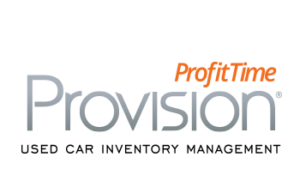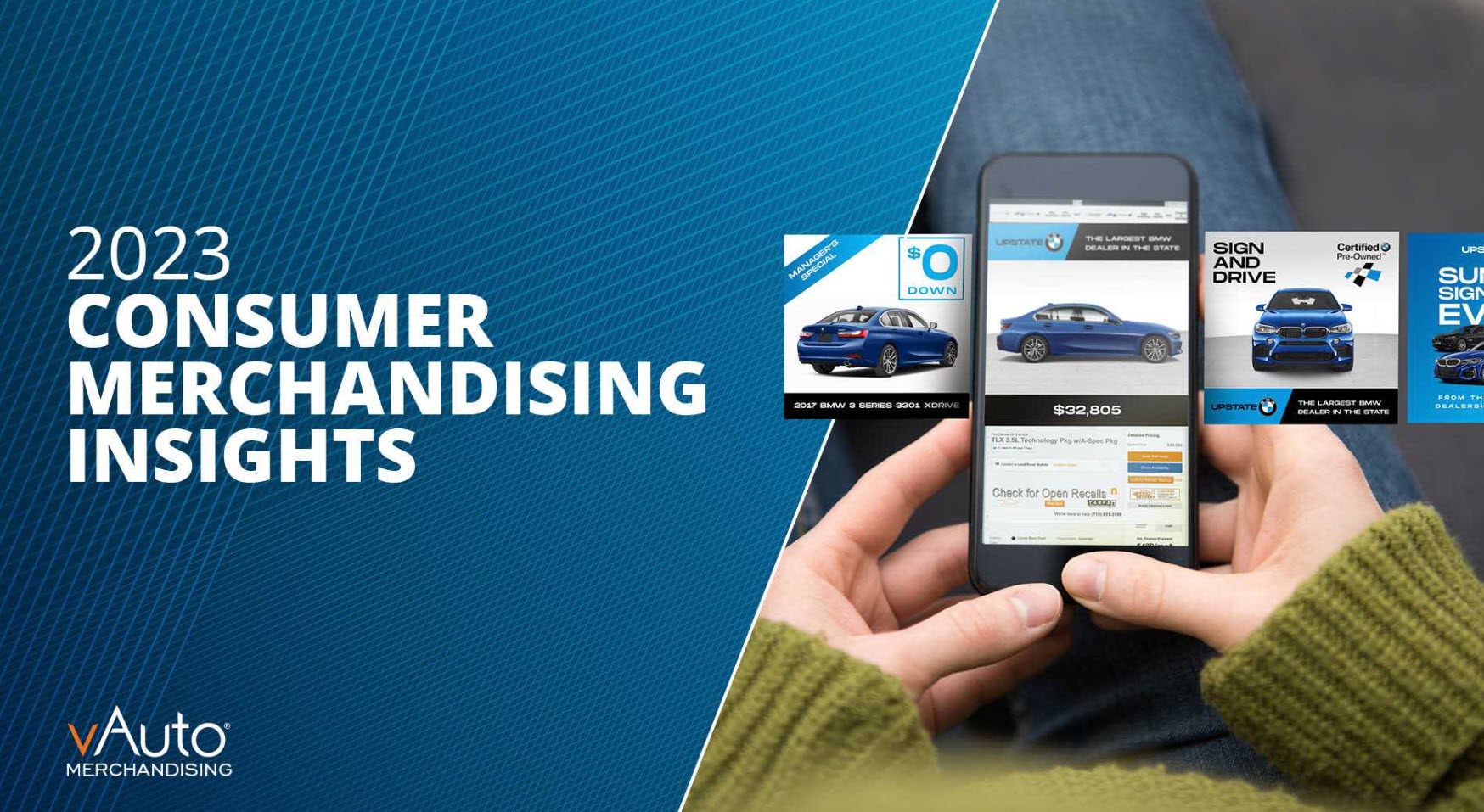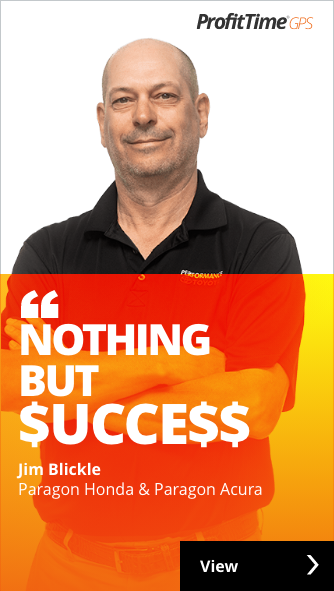ProfitTime in Practice: Should You Buy a “No-Gross” Car?
Across the country, dealers are complaining that they can’t acquire used vehicles at auction for the right money. The complaint most often comes from dealers who have seen strong retail sales in April and May and want to continue the run.
But the dealers are having trouble finding vehicles that meet their  buying parameters.
buying parameters.
For example, I spoke the other day with a multi-store group in the Midwest that followed a fairly strict rule for purchasing auction inventory. Prior to the pandemic, if they found a car with a “buy it now” price that offered a $700 or better margin for front-end gross profit, they’d acquire it.
Some background: The dealer group team members are ardent Provision ProfitTime users. They are disciplined about managing used vehicles as investments, not just inventory. Their adherence to this strategy has proven very useful the past two months. The group achieved retail sales records in April and May. The team achieved these results by following a ProfitTime investment-conscious strategy that began with retailing out of pre-COVID inventory and replenishing their supply with cars that reflected then-current valuations. The dealer’s auction buying parameters also tie to ProfitTime. The group arrives at its retail margin estimates by using ProfitTime to account for the vehicle’s purchase price, reconditioning, related fees and its target vRank position, based on the vehicle’s ProfitTime score.
But in recent days, the dealer has run into a problem. They can’t find vehicles that fit their buying parameters in the current wholesale market. The difficulty isn’t surprising or unfamiliar to many dealers right now. The virtual wholesale market is crowded these days. Bids are flying. Purchase prices, while still less than pre-COVID levels, are climbing due to strong demand.
Through this discussion, the dealer asked what I considered to be an astute question for the current time: Should I just make peace with the fact that I can’t find vehicles that fit my preferences and buy cars I know won’t offer me any front-end gross profit?
I thought long and hard before offering my answer. It’s a dangerous place to be when someone is asking for your advice on a strategy that, at first blush, runs counter to the very reason dealers are in business, which is to make money from the vehicles they acquire and retail.
“You have to buy the cars you need,” I told the dealer. “You shouldn’t stop looking for vehicles that offer at least a $700 margin for front-end gross profit, but you shouldn’t let that stop you from buying cars, particularly in the current moment, when you really need them. It’s not ideal to acquire a vehicle with little or no front-end profit, but it’s better to have the customer, sell the car, get the opportunity in F&I, make some money in service and potentially capture a trade-in you can retail.”
I also stressed three points that are necessary corollaries to this advice:
- Buy the vehicles only if you truly need them. In the case of the Midwest group, their recent sales rate is the equivalent of selling 100 cars with only 60 in stock. Based on the best practice of maintaining inventory levels at a 1:1 ratio of your rolling 30-day total of retail sales, there’s no question this group needs the iron.
- Move the low- or no-gross cars as fast as possible. The last thing any dealer should do is bring in a troubled used vehicle investment and then pretend it’s not a problem car. If you’re going to acquire a vehicle that offers little or no front-end gross potential, my advice is to price the vehicle in a position that ensures it will sell fast within its competitive set. For the Midwest group, ProfitTime serves as a reminder that they need to move their low- or no-gross cars quickly. The system tells them these units are Bronze vehicles, not Silver, Gold or Platinum. The group uses the insight to position these investment-troubled vehicles atop their respective competitive sets (e.g., a vRank of 1) to ensure speedy retail sales.
- Pay close attention to where you stand. My instinct says the current situation, where it can be necessary to acquire vehicles that offer less-desirable front-end margin potential, will pass in time. Therefore, it’ll be important for dealers to pay extra-close attention to their pricing strategies and how they influence purchase decisions in the weeks ahead. Once the market gains its footing, dealers will find vehicles with more margin if they’re looking for them.
I’m curious to know how you’d answer the question of buying no-gross cars in the current moment. Would you do it? Is it wise? Is there a better way? Please include your thoughts in the comments to continue this discussion.
The post ProfitTime in Practice: Should You Buy a “No-Gross” Car? appeared first on Dale Pollak.

















